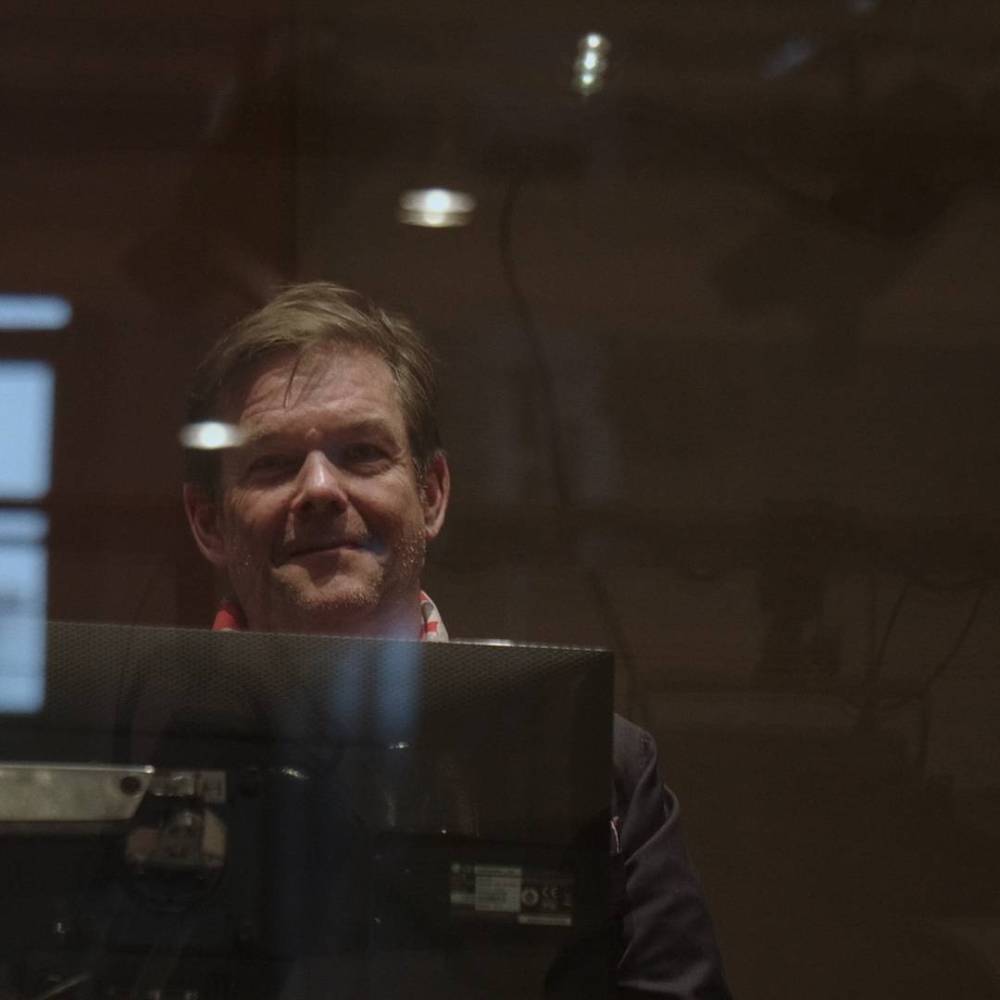Image via Silencio Teaser
Michael McKinney understands the cultural importance of Kreayshawn’s “Gucci Gucci.”
Simplicity in composition is nearly always a lie. If you stretch out a single note, slowing down and taking time to revel in its intricacies, it can reveal entire worlds. Moritz von Oswald understands this. The German electronic-music pioneer studied percussion and opera before finding his way towards synthesizers; in the time since, he has built a career upon sounds that beg to be played forever, each repeated drum-machine stab or synth gurgle only deepening their trance.
As part of Basic Channel and Rhythm & Sound, von Oswald was a major player in early dub techno, creating a universe of barely-there techno pieces that sound like a dancefloor coated in amber: A kick drum that doubles as a heartbeat, an ever-growing cloud of static, and very little else. Just as dancefloors will always have a space for out-and-out club tools, ready to be looped into infinity, a headphone connoisseur’s playlist will always want for music that is texturally rich and a bit emotionally unsettled. von Oswald’s music, again and again, does both.
If you trace this approach—nominally minimalist but functionally maximalist—it’s not long before you find yourself deep in the history books. In 1987, John Cage unveiled a new composition, entitled Organ² / ASLSP (As Slow as Possible). (In 2001, a church in Germany started playing it; they are estimated to complete the piece in 2640.) The works of twentieth-century minimalists, like Steve Reich and Philip Glass, are concerned with wringing as much as possible out of microscopically changing ideas, wrapping near-identical rhythms around each other until they become wholly unrecognizable. The annals of liturgical religious music are filled with outright psychedelic sounds, with densely clustered voices stretching towards the sky.
This may seem like an unusual reference point for von Oswald, but he is no stranger to disorientation. Since the end of his work with Basic Channel, he has moved into all sorts of parts unknown: Shimmering and shuffling jazz fusion; dubbed-up and freaked-out folk music; and even the occasional foray into zonked-out dub techno. His latest record, entitled Silencio, underlines the importance of rhythm to his work; even in his most wigged-out compositions, there’s something of a pulse.
Silencio doesn’t quite discard that rhythmic focus, but it does sideline it: Here, von Oswald cedes the podium to a 16-piece choir and drops the floor out. It’s mind-bending choral music that sounds immediate and ancient at once, collapsing centuries of compositional practice into something that feels, somehow, suspended outside of it. The record’s sixty-odd minutes feel equally inspired by liturgical Mass and deep-space synthesizer music. It is beautiful and spine-tinglingly unsettling, and frequently both at once: A mass of stained glass, human voices straining towards infinity, and whisper-quiet electronics.
Late last year, a call over Zoom, Moritz von Oswald went deep on Silencio, talking about his connections to opera, his interest in “reduction,” the value of listening architecturally, embracing imperfections, and lots more.
(This interview has been condensed and lightly edited for clarity.)

